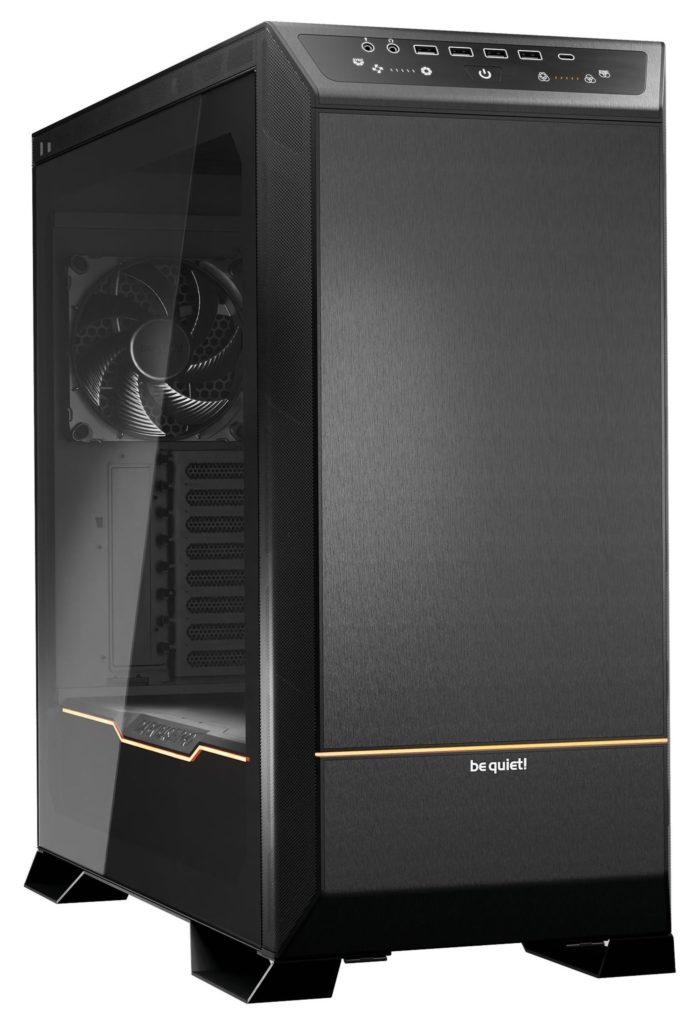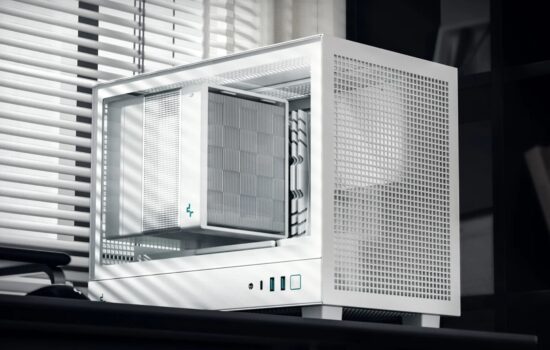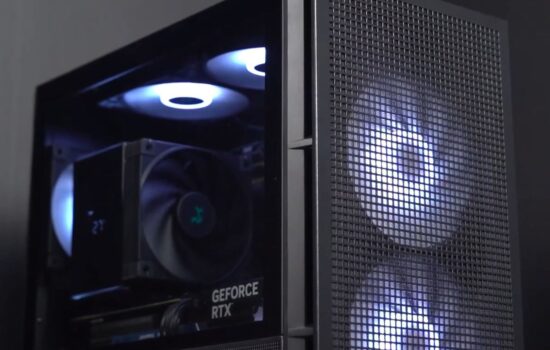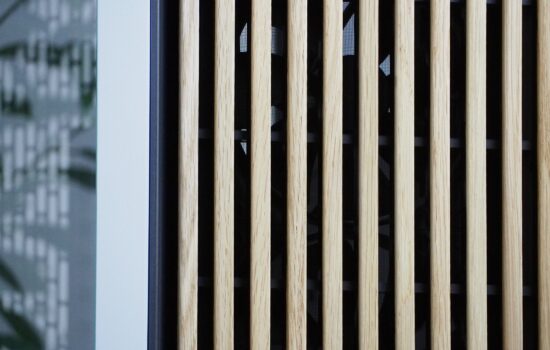How BeQuiet! sees „gaming“ cases
We’ve got hold of a document that is a sort of list of features that BeQuiet! thinks you should think about when choosing a case for a gaming PC build. To what extent one can agree with it is probably individual (users’ priorities are different and some people have very specific requirements). In any case, these are materials that also give an insight into what a leading case manufacturer considers important and what questions they ask when designing.
Aside from “does it look good” and “do the components fit in there” there are many more questions to answer in order to find the right case.
How far do I want to take it?
- “just throw in components and be done with it” → few features are needed
- Far reaching use of case-options (invertible motherboard-tray (802)/extensive cable management/ …)
Eye candy
- Window/no window
- PSU shroud hides the PSU for a clean interior
- Timeless appearance
General
- Focus on airflow and cooling
- Focus on low noise level
- Focus on versatility
- Dust filter
Usage point-of-view
- What drives do I need? (M.2/SSD/HDD/DVD/Blu-Ray)
- How many of each drive-type do I need?
- I/O slots on the front panel
- Silence
Gaming point-of-view
- Opportunity to “fine-tune” airflow by installing the perfect amount of fans exactly where they should be
- Great airflow, so the GPU-beast actually can be cooled down
- Pre-installed fan controller
- Considering the above-average amount of fans we install, silent fans are preferable
- Easy access to the interior (some of us open the case quite often over the time and tool-less side panels make it easy, e.g. with thumb screws or with push to open feature.
- Gaming begins with the appearance of the case, not only when we go in-game. A timeless and appealing case still makes you happy in 5 or 10 years just when you look at it
- How many fans come with the case and how good are they
- Audio in/out in the front panel for headphones
- Opportunity to mount a water cooler (top and front)
- Weight (want to take it to LANs from time to time?)

- Contents
- How BeQuiet! sees „gaming“ cases












Could be a bit late, but what about exploring your idea’s of circular grilles? https://www.hwcooling.net/en/analysis-a-hexagonal-grille-is-no-match-for-a-circular-one-in-any-way/4/
Not sure how you can incorporate such a circular grille and still have an effective dust filter, but clearly a circular grille provides protection from collisions while offering maximum airflow and minimum noise. It likely reduces turbulence and allows fans to do its job better too if you need directed airflow. The issue of course would be the idea of ‘timeless design’, which means that you might have to relegate them to bottom mounts. But if you could run several 120s at a low enough RPM and at strategic mounting positions to envelop CPU/GPU/memory/VRMs, that would be phenomenal and a chart topper in terms of noise normalized performance.
Another thought I had was what about extra thick TG side panels – do they absorb sound better? What happens if you go with 5-6mm?
Thank you for the useful tips for exploring, we will certainly be looking into these topics sooner or later. We just have to make time for them, which is the biggest problem.
I believe that we will be able to get a number of unique, not yet implemented anywhere, measurements into the new methodology for testing cases. Before it is finished, sometime in May, we will probably publish an article where readers will be able to correct or add to our ideas about what and how should be tested. Then, of course, you are welcome to join the discussion. 🙂
Great! Another thing that popped up into my mind – have you ever experimented with mixing fans of different types based on the ‘frequency response’ of their noise profile? In theory, having 10 fans of the same type would exacerbate certain frequencies to be perceivably louder, but if you mixed fans of different makes, you could have similar airflow but lower perceived noise.
Is there any merit in the above?
What you are writing certainly has merit.10 identical fans can (and will) significantly amplify the critical frequency of sound, which will not happen so aggressively with a comparable airflow with a combination of structurally different fans characterized by a different sound spectrums. With each additional fan there will be more noise, but it does not have to be projected into unpleasant tonal peaks. This is exactly why there are also fans like the Noctua NF-F12 (with different angles of individual blades) or the SilverStone Air Penetrator 120i, which combines blades with significant differences in geometry within the impeller.
I have seen this video (https://www.youtube.com/watch?v=dtzwIjoSMio) mentioning that the fans on the Mac Pro 2019 have different RPMs precisely for this reason. Maybe a few resistor cables with different resistance is all you need.
Setting different speeds of the same fans to achieve different sound frequencies is, of course, also a way to psychoacoustic optimization. It all needs to be properly tested once and for all to see what are the best results that can be achieved with comparable airflow using the same fans and different fans. It will be extremely difficult to analyse this really thoroughly so that some general conclusions can be drawn, but it is also a subject that is fascinating because of the knowledge gap. At least in the public space accessible to all.